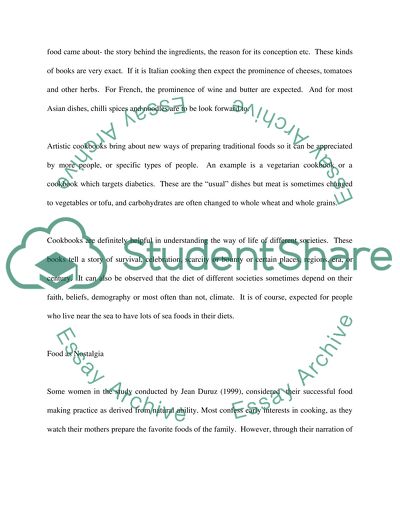Cite this document
(“A Peep of History and Lifestyle Through Cookbooks Essay”, n.d.)
A Peep of History and Lifestyle Through Cookbooks Essay. Retrieved from https://studentshare.org/miscellaneous/1530281-a-peep-of-history-and-lifestyle-through-cookbooks
A Peep of History and Lifestyle Through Cookbooks Essay. Retrieved from https://studentshare.org/miscellaneous/1530281-a-peep-of-history-and-lifestyle-through-cookbooks
(A Peep of History and Lifestyle Through Cookbooks Essay)
A Peep of History and Lifestyle Through Cookbooks Essay. https://studentshare.org/miscellaneous/1530281-a-peep-of-history-and-lifestyle-through-cookbooks.
A Peep of History and Lifestyle Through Cookbooks Essay. https://studentshare.org/miscellaneous/1530281-a-peep-of-history-and-lifestyle-through-cookbooks.
“A Peep of History and Lifestyle Through Cookbooks Essay”, n.d. https://studentshare.org/miscellaneous/1530281-a-peep-of-history-and-lifestyle-through-cookbooks.


